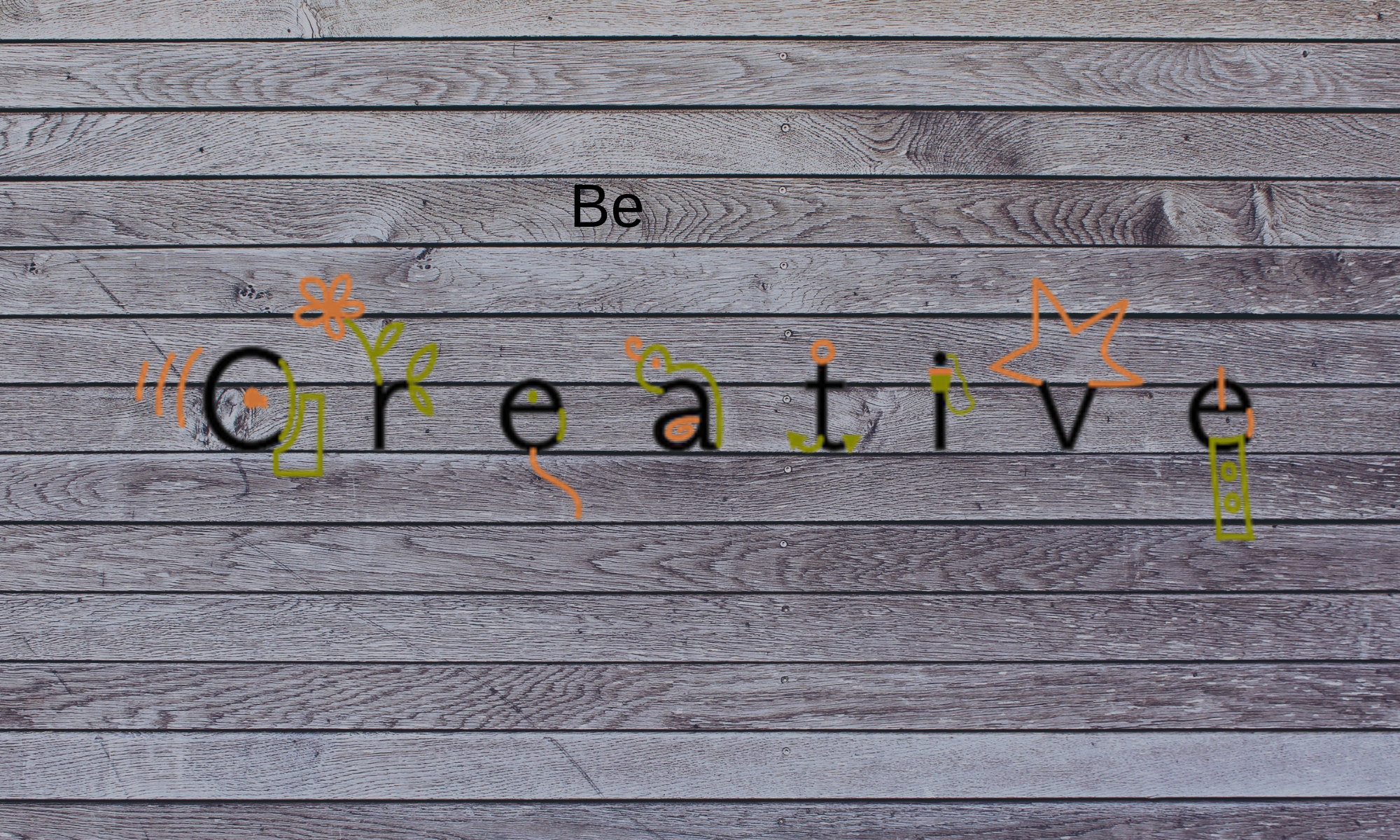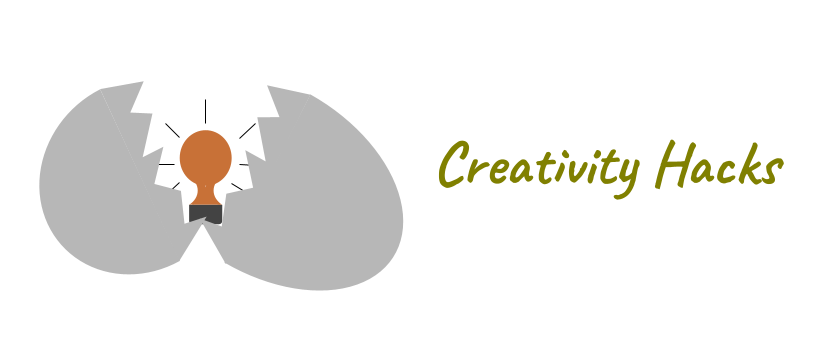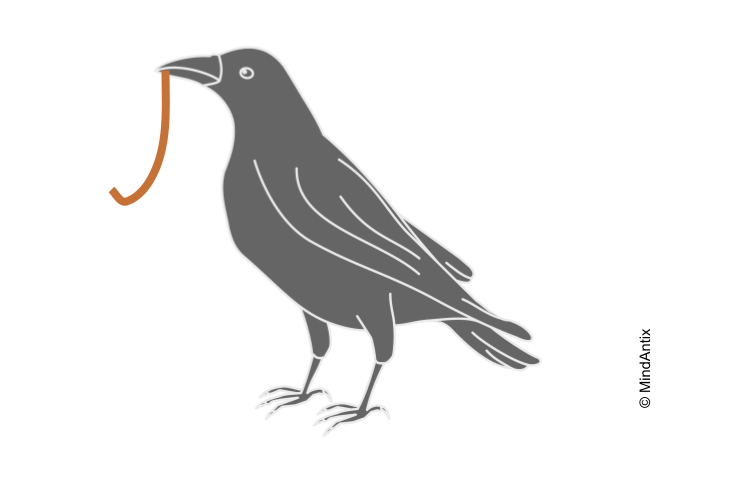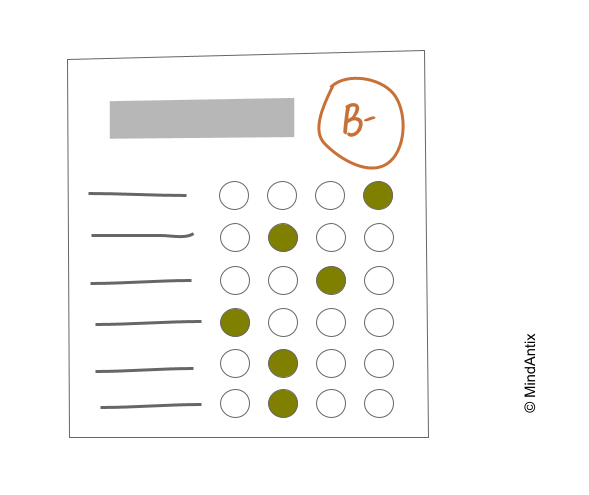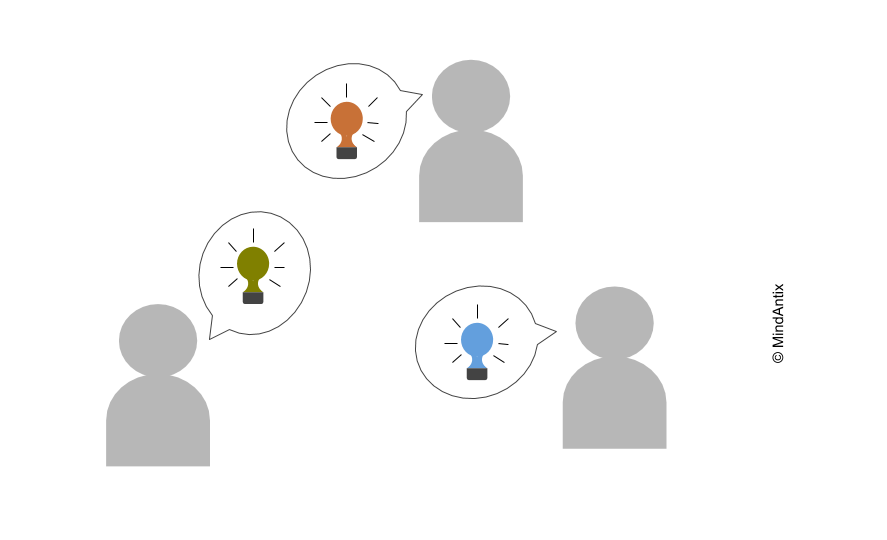Why are most toothpastes mint flavored? The answer has nothing to do with any cleaning ability that mint might possess (it doesn’t).
Most people didn’t brush their teeth every day until Claude Hopkins, a savvy marketing executive, hit upon the idea of selling toothpaste as a beauty product where mint played a key role. Mint oil leaves a numbing, tingling sensation that people learned to associate with cleanliness and over time started craving that sensation. As Charles Duhigg explains in his book, The Power of Habit, “Claude Hopkins, it turns out, wasn’t selling beautiful teeth. He was selling a sensation. Once people craved that cool tingling—once they equated it with cleanliness—brushing became a habit.”
Mint doesn’t actually clean teeth – it simply leaves us with a more satisfied feeling.
When electric cars were first introduced, they produced so little noise that pedestrians and cyclists would often not detect their presence. This created a safety hazard and most electric cars now come with added artificial sounds. The extra noise doesn’t improve the driving performance of the car, but it helps make it safer.
Traditional brainstorming, done in-person as a group, is a little like mint in toothpaste or fake noise in electric cars, both of which don’t help the core functionality but have side advantages. Brainstorming with friends or colleagues helps build social connection, which in limited amounts, can aid creativity. There is a key difference though – traditional group brainstorming performs worse when compared to individual brainstorming.
The Challenges Of Traditional Brainstorming
The traditional brainstorming method was the brainchild of Alex Osborn, an executive in the advertising industry. Osborn’s original brainstorming approach characterized by four key principles – ‘Deferment of judgment’, ‘Quantity breeds quality’, ‘Free-wheeling is encouraged’ and ‘Combination and improvement are sought’ – quickly became popular everywhere.
However, while the popularity of Osborn’s brainstorming was rising, research studies were discovering that traditional brainstorming guidelines weren’t really the best way to find creative ideas. A study at Yale found that the number of ideas produced by individuals working alone (nominal group) and then aggregated, was twice that of a group working together (real group).
Multiple studies since then have found that traditional brainstorming suffers from logistical and psychological factors that decrease the throughput of creative ideas. A few of these factors are:
- Production Blocking: In traditional brainstorming people have to take turns sharing their ideas. Due to short term memory limitations, individuals might forget their ideas or lose their train of thought while they are waiting for their turn. People also sometimes choose not to share an idea that appears similar to what has already been said. As a result, the overall throughput of ideas declines.
- Evaluation Apprehension: The fear of being judged negatively makes people hold back their ideas in a social group. This is all the more true of ideas that are very different and therefore might be the most innovative. Research studies have shown that just the presence of a leader or an expert reduces the creativity of the ideas of the group.
- Free Riding: Also known as social loafing, free riding occurs when individuals in a group reduce their own effort. This can happen for two reasons. One, when people see others performing at a high level they don’t see the need to contribute more and can ‘hide’ in the group. Or, when people expect others to loaf they reduce their own effort so as to establish a more equitable division of labor. As a result, fewer and less creative ideas get generated.
That’s what makes traditional brainstorming so tricky. Like mint, it feels more satisfying to brainstorm together with others. And like the noise in electric cars, it makes us feel more safe when we can modulate our ideas based on what others bring to the table. Unfortunately, this comes at a cost – brainstorming as a group makes us less creative.
Brainstorming In The Remote Setting
The difference between the performance of nominal and real groups in brainstorming indicates an obvious way to structure brainstorming sessions that fit well in a remote setting. Ideation can be split into two phases – the first phase is individual brainstorming done asynchronously (perfect for the remote environment) to gather initial ideas, and the second phase is a group session where ideas are developed further.
The first phase mimics the nominal group but the goal of the second phase is a little different from typical brainstorming. In the second phase, everyone looks at the ideas collaboratively, which can spur additional thoughts or lead to some interesting associations between different ideas. The second phase can be done synchronously in-person, synchronously remote or even asynchronously with the aid of some tools.
While brainstorming can very effectively be moved online, it’s only one part of the innovation equation. It’s still important to build social and emotional elements that create a healthy creative climate. One of the advantages of traditional brainstorming is that the extra social connection helps build trust making it easier to share ideas.
Organizations will need to deliberately build a healthy culture that allows innovation to flourish at different levels. A few strategies that help with that are:
- Building a better understanding of creativity: Despite decades of research in this area, most people still have a simplistic understanding of creativity and don’t view themselves as creative. They lack the tools and confidence to approach problems with a creative mindset. Building cognitive (like associative or reverse thinking) and behavioral skills that foster creativity can start people on their creative journeys.
- Focusing on innovation-specific emotional intelligence: Leaders can also inadvertently squash creativity. A leader’s emotional intelligence plays a big role in supporting creative work which invariably comes with some anxiety and frustration. A Yale study found that not only are employees of emotionally intelligent leaders more creative, they are also three times more likely to say they are happy than stressed. Leaders also need to build psychological safety in the team so everyone can share their ideas more freely, and find diverse voices within and across teams.
- Providing creative opportunities: Providing creative opportunities that allow people to exercise their skills not only helps with innovation, it also builds social connection and trust between different parts of an organization.
Conclusion
The last year and a half of the pandemic has upended work expectations creating knowledge and awareness that remote and hybrid work is here to stay. The initial focus for organizations was to ensure that people have the right tools to continue their work remotely. However, this isn’t enough. Data from a recent survey shows that employees are struggling to share their ideas. Looking further ahead, organizations will need to evolve in ways that achieve innovation along with productivity.
Since the shift to remote work, people have been concerned about the impact on creativity. It’s one of the most cited reasons for returning to work in person. But as research indicates, it is possible to maintain or even enhance creativity in a remote environment. We now have an opportunity to redefine practices and cultures to achieve higher levels of innovation and productivity whether people work remotely or not.
This article first appeared on edCircuit.
